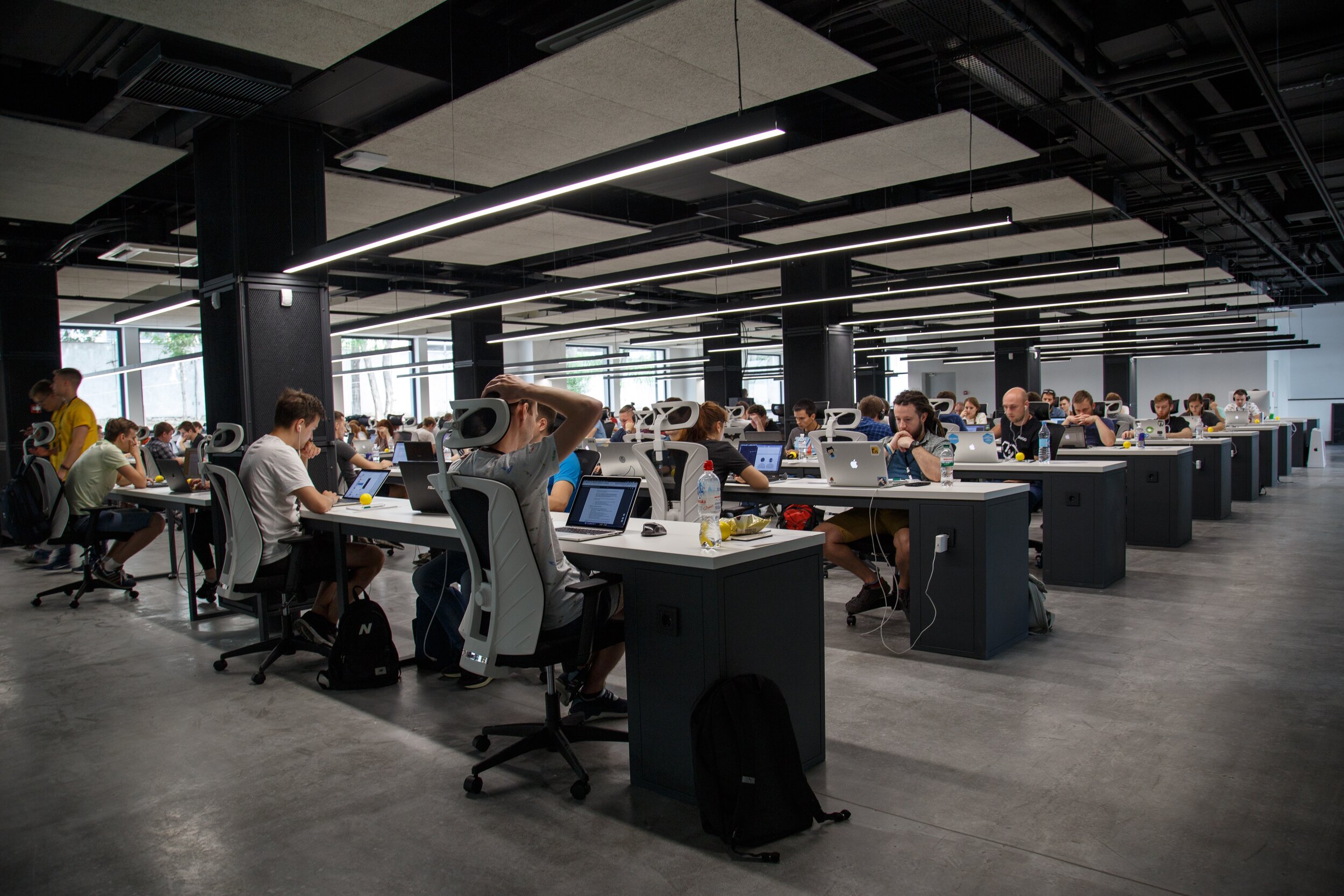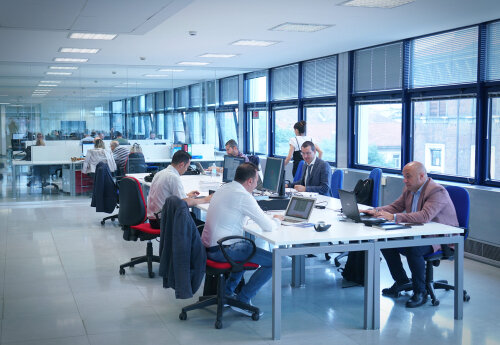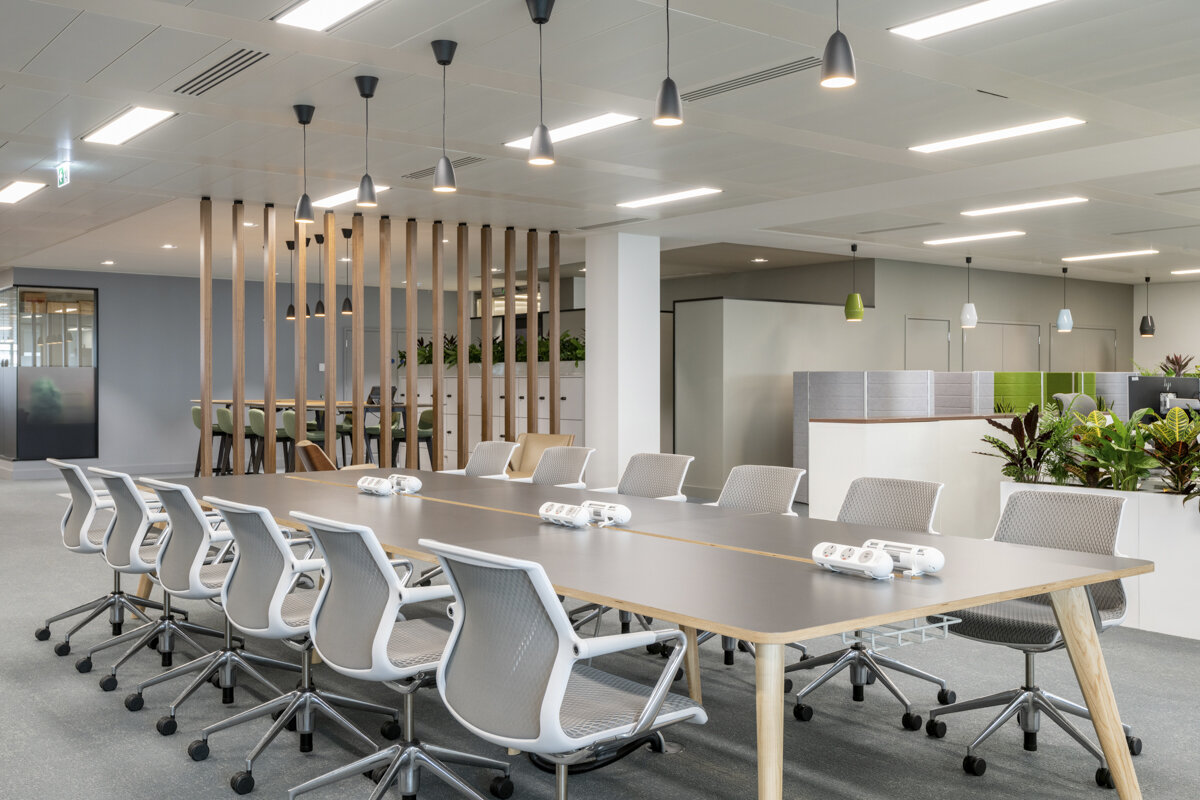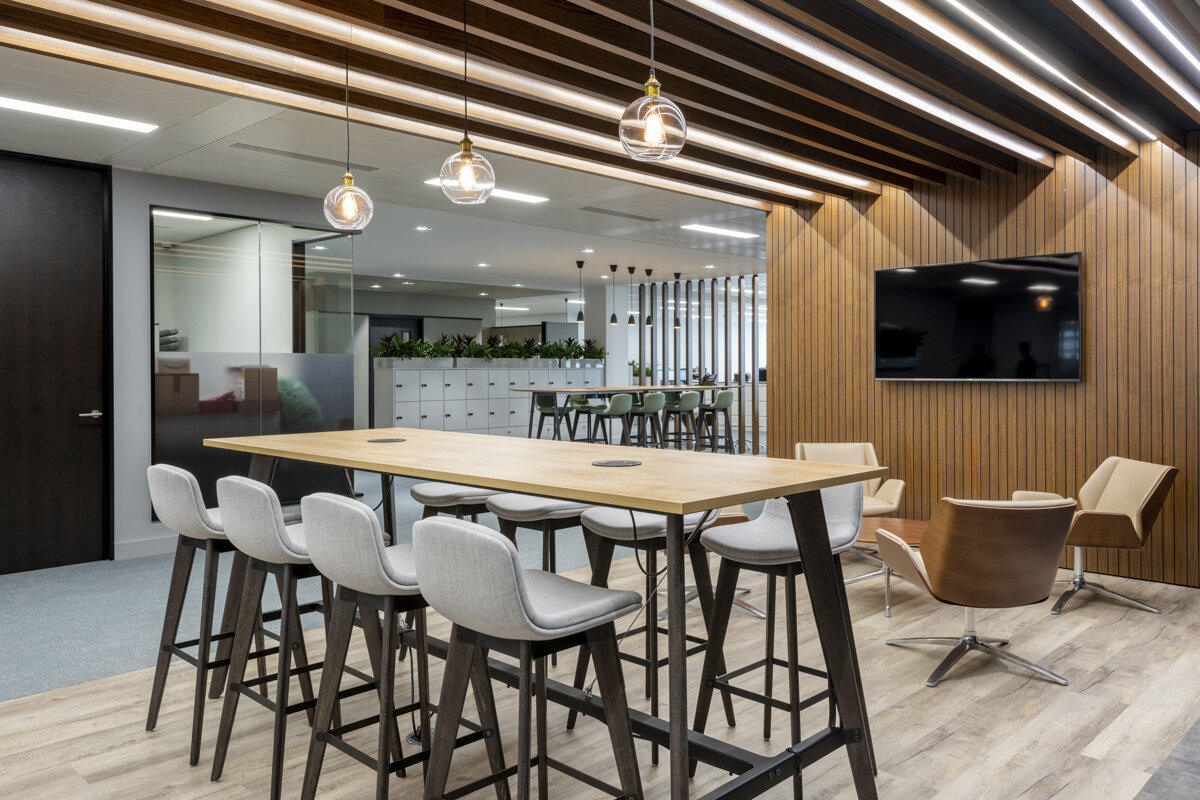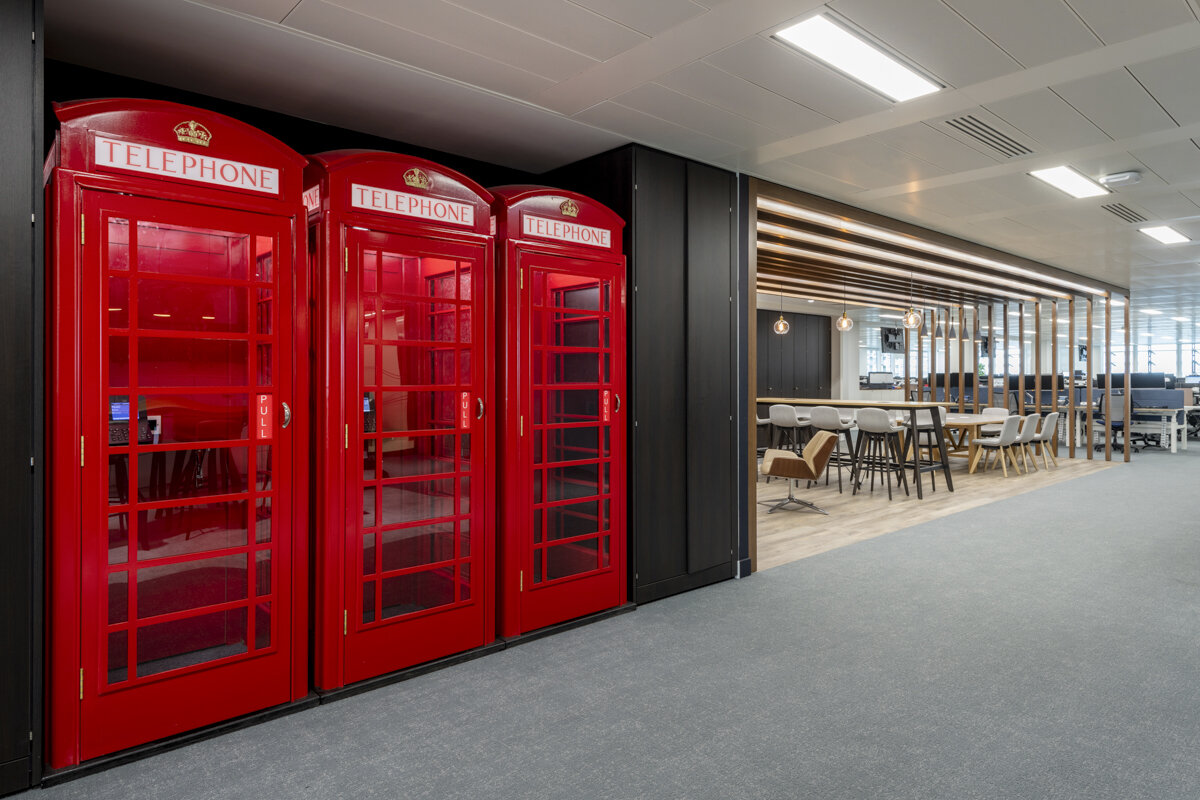For decades the trend among workplaces has been to move employees out of individual offices and cubicles and into open plan spaces. A significant driver behind this has been ever-increasing rents which have put pressure on companies to make the most effective use of every square metre of floor space.
Another key reason for tearing down walls and removing partitions is to physically bring individuals and teams together in order to foster greater collaboration. The idea was that with easier access to their colleagues, office workers would potentially interact more and thus become more efficient.
But have open plan offices really been successful at encouraging collaboration? According to a study by Harvard University School in 2018 which tracked face-to-face and digital interactions at the headquarters of two Fortune 500 firms, both before and after the companies transitioned to open plan, this was found not to be the case.
The researchers discovered that workers’ reaction to the new open plan environment led them to begin ignoring each other, with face-to-face interactions dropping by roughly 70% and internal electronic interactions increasing to compensate. So rather than prompt vibrant, face-to-face collaboration, this study found that open plan appeared to encourage a human response to socially withdraw from officemates and instead interact on email and instant messaging.
But what’s the real cause of these findings? Irrespective of the study methodology, was it a problem inherent in open plan, or the design of these particular offices, or was open plan just a bad fit for the culture of these companies?
At Cityspace, we design and build offices for a wide range of companies, big and small, in different sectors, with different cultures. One thing we always stress to clients at the outset is that an office is not just a physical structure, but a community, a place where people gather and work together. Offices are all about people.
So, to make an open plan office work for people, it must be designed and built in a way that not only encourages collaboration and communication, but also makes sure you are using your workspace in the most productive and cost-effective way.
Making open plan work for you
The first step in making sure that open plan will work for your company is to consider the nature of your business, the way your people work, your culture and your brand. It’s important to evaluate how you’re using your existing office space and understand what’s working and what’s not, and whether you have the right configuration of workspace areas, formal and informal meeting spaces, and quiet zones. Getting the right mix of these spaces is key to bringing people together.
Having clearly defined your occupational brief, the next step is to consider designs which deliver this brief, either for your existing office space or for new premises you may be considering.
We recommend to clients at this early stage that we evaluate several different ways to occupy a space, producing test fit space plans to illustrate these ideas. This process allows your board or steering group to consider the many different designs and layouts possible. Through this consultative approach, your management team can then select the best occupational route which fits your culture and delivers the highest level of employee efficiency, motivation and retention.
Moving office is the perfect time to consider how you can modernise your workspace to bring people together and enhance work activity, and create an environment that not only enables individuals to focus on their tasks, but also encourages face-to-face collaboration and the sharing of ideas.
Open plan does work, but you must create the right expression of open plan that suits your business. To find out more about how Cityspace can help you develop a productive, collaborative and cost effective workspace, please contact our team at info@cityspacemanagement.co.uk.

